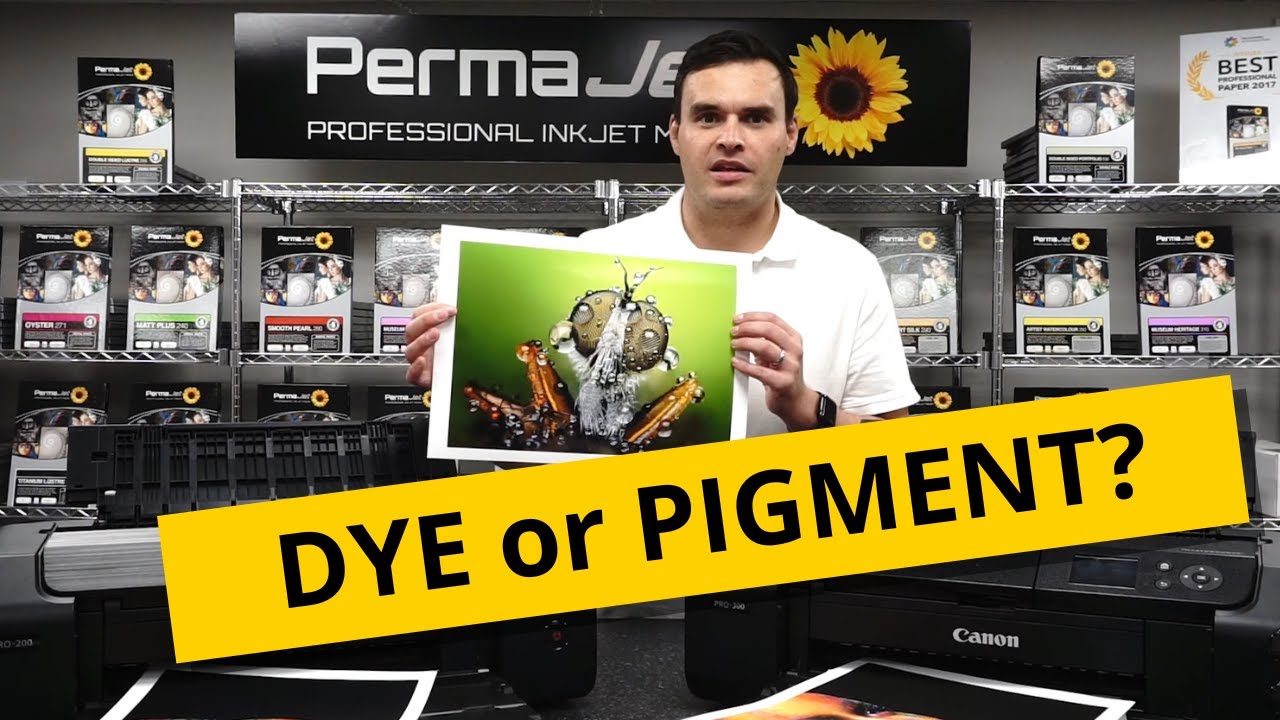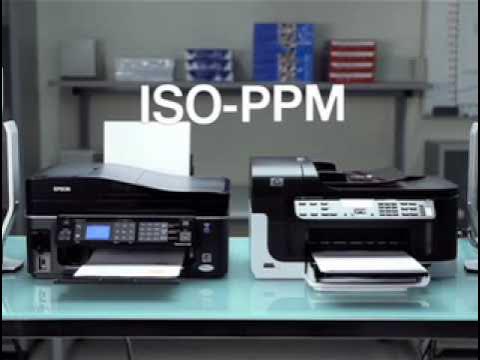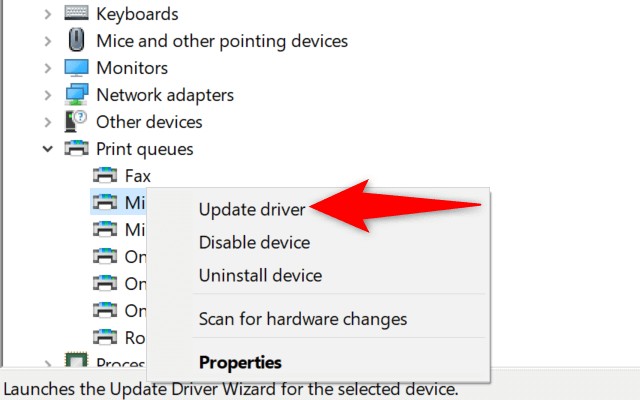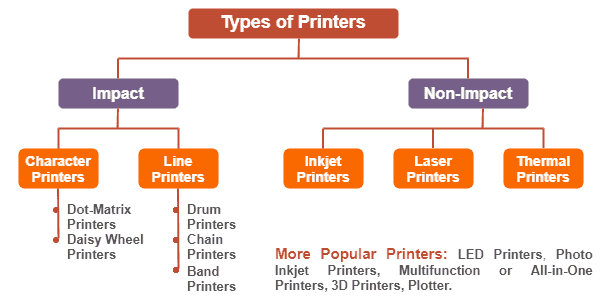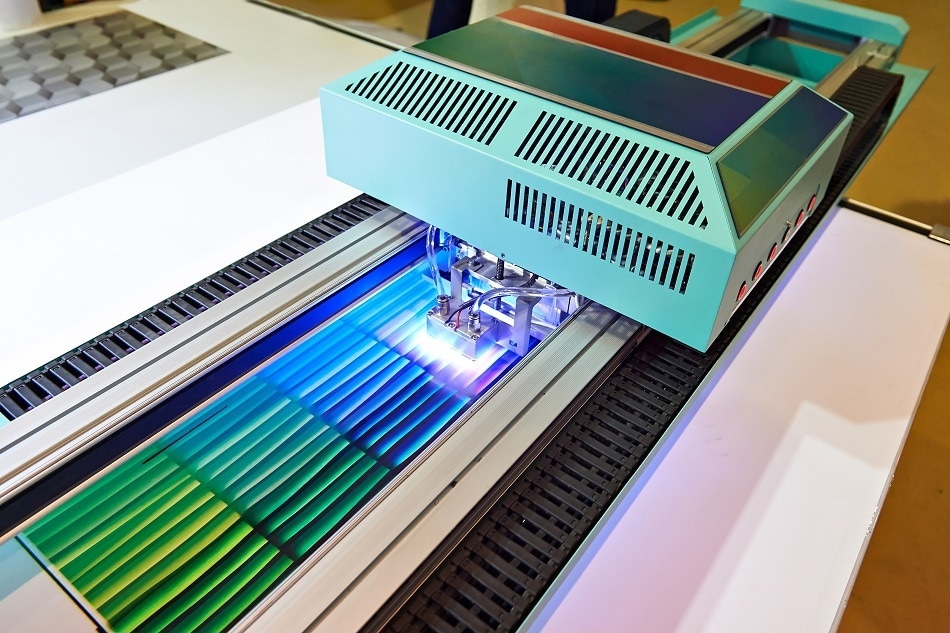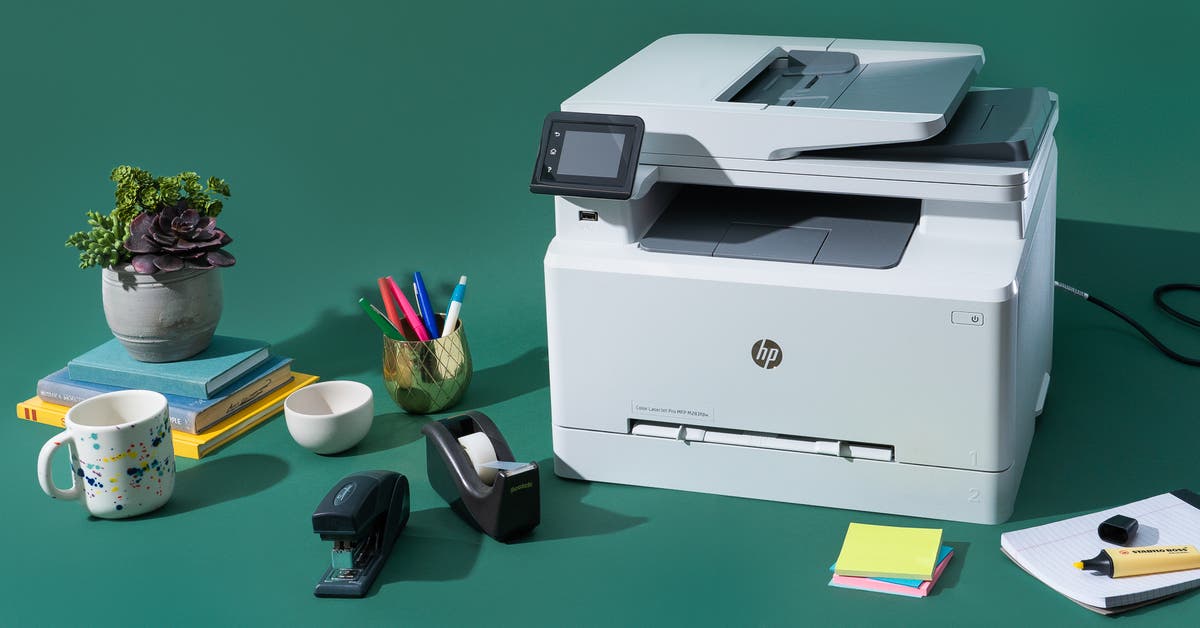Unearthing Value: What Are the Cheapest Ink Cartridges for Printers?
Introduction
Imagine having a printer but no print-outs due to expensive printer cartridges. It's frustrating, isn't it? In this blog, we delve into the fundamental questions surrounding printer ink cartridges. Commonly pushed aside, these pertinent questions relate to their types, costs and where you can find the most economical ones. Let us help you make an informed decision the next time you shop for ink cartridges. Save more, print more!
Why Does the Cost of Printer Ink Matter?
The financial implications of the cost of printer ink stretch beyond the initial purchase of your printer. Here is why you should pay close attention to this often overlooked area:
- Budget Impact: The expense attached to printer ink can significantly weigh on your budget. Especially in businesses where printing plays a vital daily role, these costs can quickly accumulate.
- Influence on Print Quality: The cartridge you choose greatly determines the quality of your print-outs. It’s essential to ensure that the ink you select produces high-quality, professional-looking documents.
- Printer Durability: A mismatched or substandard cartridge can cause unnecessary wear and tear to your printer, which may result in more frequent and costly repairs or replacements.
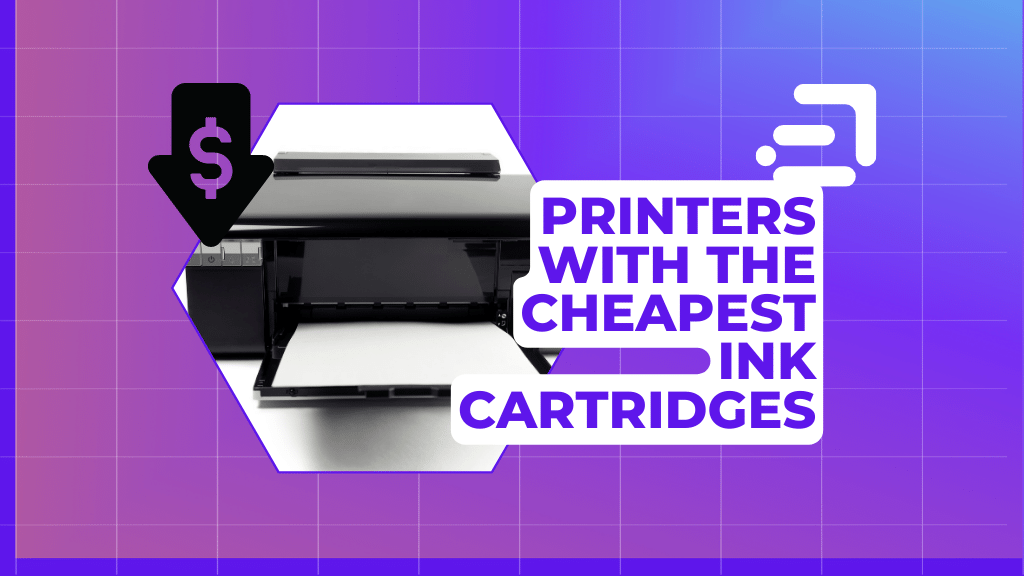
Summarily, the intelligent selection and purchase of printer ink can lead to direct cost savings, improved print output, and increased printer longevity. Considering these factors makes the printer ink cost an essential aspect of efficient printing practices.
What Are the Different Types of Printer Ink Cartridges?
Navigating the diverse world of printer ink cartridges can be complex. However, it is worth understanding the options you have. Let's take a closer look at the three primary types:
1. OEM Cartridges: Directly manufactured by the printer's original company, these cartridges offer an unparalleled match and exceptional print quality due to the precision engineering involved. However, they come with a high price tag.
*Pros*: Perfect fit, highest print quality
*Cons*: Most expensive
2. Remanufactured or Refilled Cartridges: These are used OEM cartridges that have been professionally cleaned and refilled. While they offer a cost-effective alternative, the print quality could be a touch inferior and, if poorly done, may even negatively affect the printer's health.
*Pros*: Less expensive, eco-friendly
*Cons*: Variable print quality, potential printer damage
3. Compatible Cartridges: Produced by third-party companies, these cartridges are designed to function with most printers and are typically the most budget-friendly. Yet, caution is advised as the quality can be irregular.
*Pros*: Most economical, wide compatibility
*Cons*: Inconsistent quality
The choice between these options hinges on weighing the quality requirements against the budget, and understanding the potential long-term effects on your printer. Consider the long run - spending a bit more initially might give you a smoother, less troublesome printing experience!
What Determines the Price of Ink Cartridges?
When it comes to the pricing of ink cartridges, several significant elements come into play. Understanding these facets will help you make an informed decision when buying cartridges for your printer. So, what exactly swings the ink cartridge price pendulum?
1. Brand Reputation: The fame and reputation of the manufacturer plays a considerable role in determining the price of cartridges. Established brands with a proven track record of delivering quality inevitably command a higher price.
2. Print Yield: The number of prints a cartridge can produce, often referred to as its yield, directly dictates its price. High yield cartridges may be more expensive upfront, but they provide better value in terms of cost per page printed.
3. Ink Quality: The quality of the ink used in the cartridges also contributes to the cost. High-quality ink facilitates sharp, vibrant, and long-lasting prints, justifying a higher price.
4. Color Complexity: Ink cartridges designed to print in color are generally costlier than their monochromatic counterparts. This owes to the complexity involved in developing high-quality color inks and the additional resources required for creating multicolored prints.
5. Printer Type: The kind of printer you have may also impact the cost of cartridges. For instance, laser printers use toner cartridges which are more complex than standard inkjet cartridges. The intricacy and longer lifespan of laser printer cartridges make them a pricier investment.
While pricing is certainly an important consideration, it should not be the only factor guiding your purchase decision. The cheapest choice is not always the best choice. Considering the print quality, compatibility, and perhaps the long-term cost savings could lead to better decisions when purchasing ink cartridges. It's all about finding the right balance between cost and quality.
Which Ink Cartridges Are the Most Economical?
When you're in the market for ink cartridges, looking for the most cost-effective options is imperative. While prices vary based on factors like brand, quality, type, and more, some cartridges typically offer better value for your money.
Most Economical Cartridge Type: Compatible Cartridges
Among the various cartridge types, compatible cartridges are commonly seen as the most pocket-friendly option. Here’s why:
- Lower prices: Compatible cartridges are produced by third-party manufacturers and match most printer models, invariably resulting in lower prices when compared to OEM cartridges.
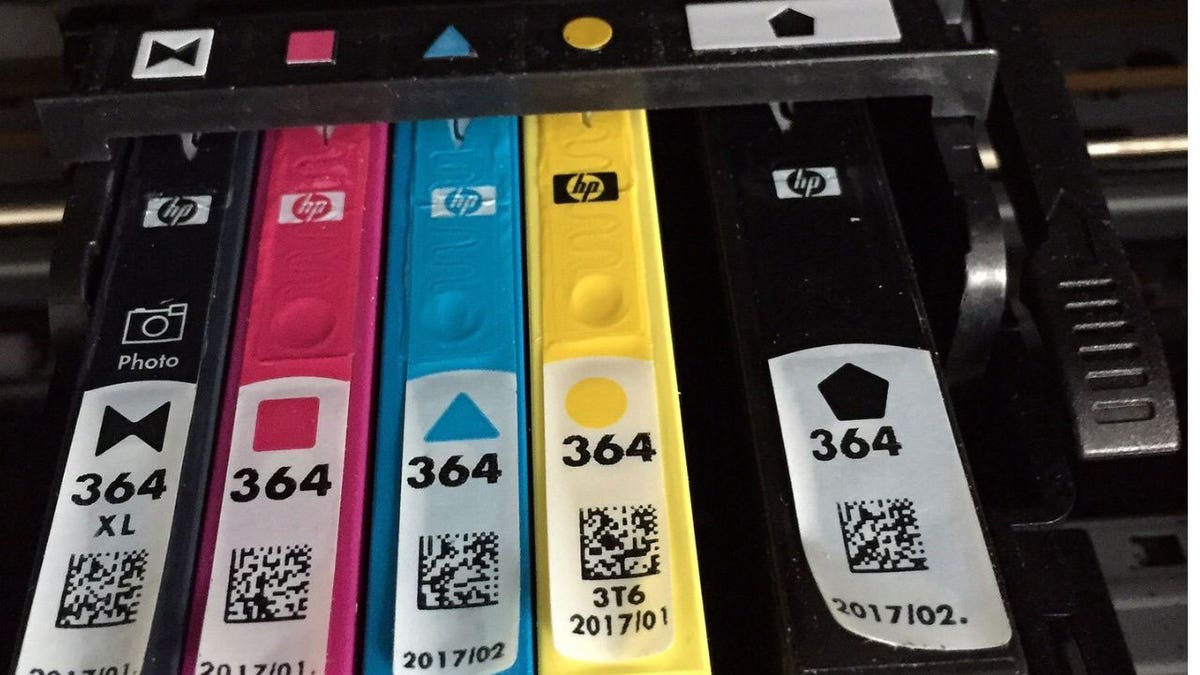
- Decent quality: Despite their lower cost, these cartridges generally offer good print quality, making them a viable alternative for everyday printing needs.
- Eco-friendly: Third-party manufacturers often use recycled materials for their cartridges, thus contributing to a greener planet.
Though, there are some well-known brands to consider when opting for compatible cartridges, such as:
- JARBO: Known for their reasonable prices alongside reliable print quality, JARBO cartridges are a strong contender for the budget-conscious.
- E-Z Ink: Offering an array of compatible cartridges for numerous printer brands, E-Z Ink is another low-cost, yet reliable option.
- MYTONER: Known for its affordable pricing and good quality prints, MYTONER offers a solid choice for those seeking cost-effectiveness.
High-Yield Cartridges: An Economical Choice in the Long Run
For those who tend to print in high volumes, high-yield cartridges can provide a cost-effective solution. Despite being more expensive initially, the cost per page is significantly lower because:
- Greater Output: High-yield cartridges can output 2-3 times more pages than standard cartridges.
- Suitable for Heavy Users: They are ideal for businesses or homes with heavy printing demands.
- Less Frequent Replacement: Due to their high page yield, these cartridges need to be replaced less frequently, saving time and reducing inconvenience.
In conclusion, determining the most economical cartridge often requires considering both immediate and long-term costs, while also keeping the user's printing needs in mind. By examining all options - from well-recognized compatible cartridge manufacturers to high-yield cartridges for heavy print users - each printer user can find the perfect economical cartridge that fits their specific requirements.
How Can You Find the Best Deals on Ink Cartridges?
Striking a balance between price and quality when purchasing ink cartridges can be tricky. Here's a step-by-step guide on how to secure the best deals:
1. Consider Discount Deals: Regular sales and offers are an easy way to bag your cartridges at a discounted price. Watch out for end-of-season sales, clearance sales, and holiday offers.
2. Harness the Power of Coupons: Many online marketplaces and manufacturers offer coupons that can considerably reduce the cost. Keep a keen eye on coupon aggregating websites and forums for the best deals.
3. Buy in Bulk: If your printing needs are substantial, consider buying in bulk. You not only save on the overall cost of cartridges but also on shipping charges.
4. Subscribe to Newsletters and Alerts: Online shopping platforms often have deals exclusive to their subscribers. Subscribing to their newsletters can keep you updated.
5. Check Out Third-Party Manufacturers: Companies like JARBO, E-Z Ink, and MYTONER offer compatible ink cartridges that are often more affordable than OEM cartridges.
6. Consider the Cost per Page: The cheapest cartridge may not always be the best deal. A higher-priced cartridge with a significantly lower cost per page could save you more in the long run.
By integrating these purchasing strategies, you can make cost-effective and efficient decisions, reducing your overall printing expenses without sacrificing quality.
Conclusion
Investing in the right ink cartridge can drastically reduce your printing costs. Now armed with your newfound understanding of different types, prices of ink cartridges, and where to find the most economical ones, you can take prudent steps towards a more feasible printing practice. Remember, the cheapest ink cartridges may not always give you the greatest value for your buck.
Related FAQs about what are the cheapest ink cartridges for printers
Why is there a significant price difference among various Ink cartridges?
The price difference among ink cartridges is due to variables like brand reputation, ink quality, yield capacity, and complexity involved in creating color or monochrome prints. Additionally, the type of printer you have can also impact the cost, as some printers require more technologically advanced cartridges.
Are cheaper ink cartridges of inferior quality?
Not necessarily. While it's true that some low-cost cartridges may deliver poorer quality, many compatible cartridges from reputable third-party manufacturers can offer decent print quality at a lower price. However, it's essential to research and choose wisely to avoid potential printer damage.
How can one optimize the usage of printer ink to get the maximum value?
Optimization of printer ink usage can be achieved by adjusting your printer settings and print habits. Choose draft or economy mode for non-critical documents, print in grayscale whenever possible, and be sure to keep your printer turned off when not in use to prevent unnecessary ink wastage.

